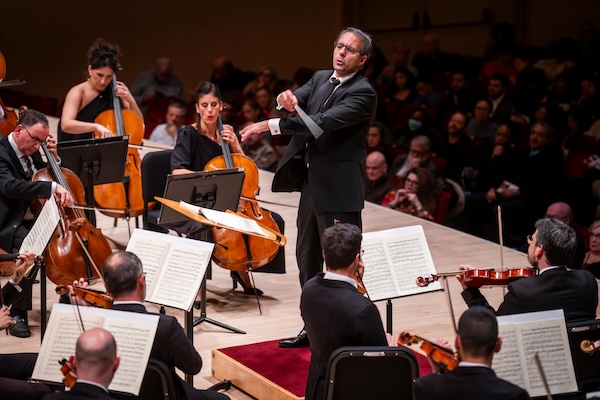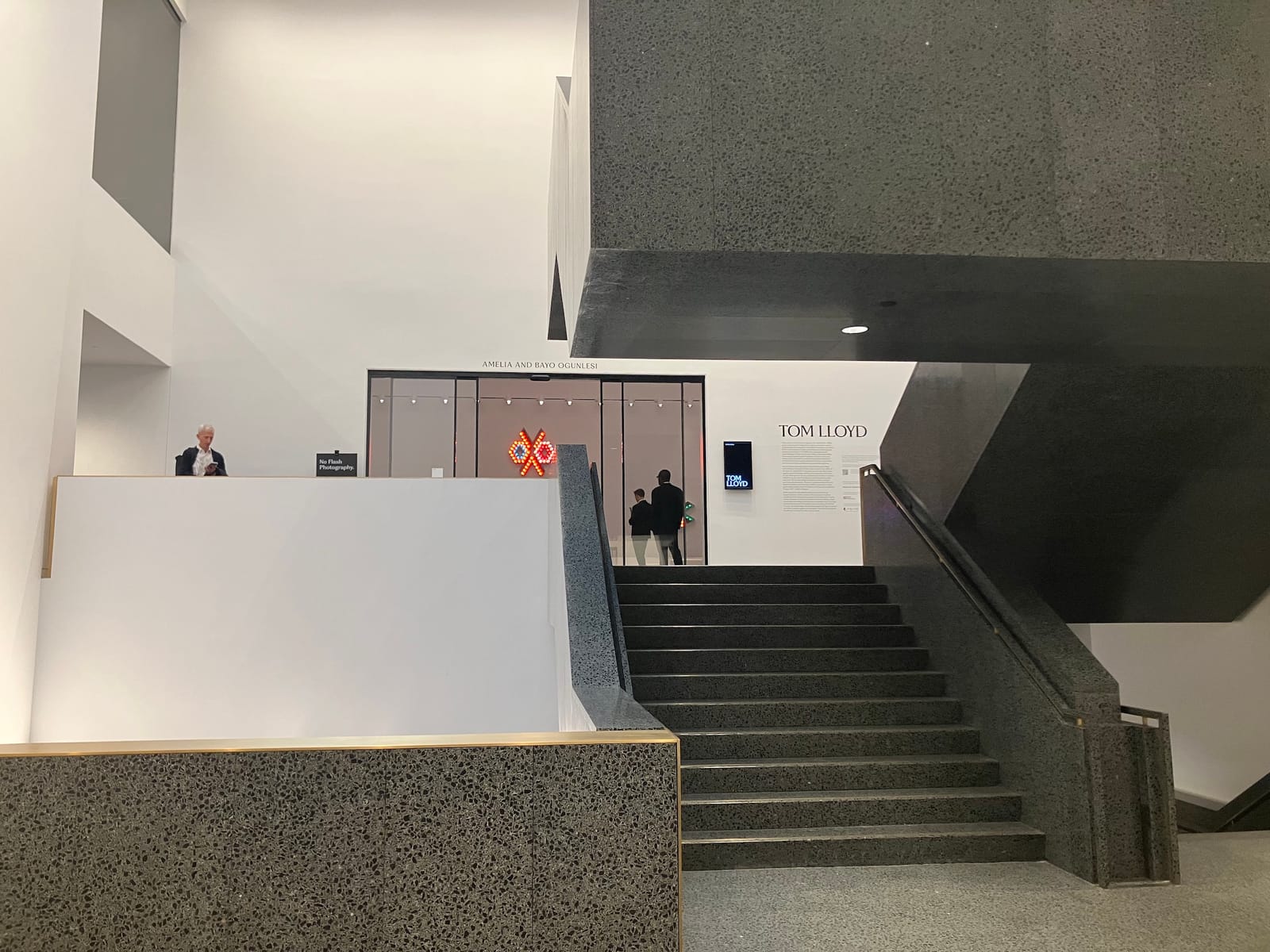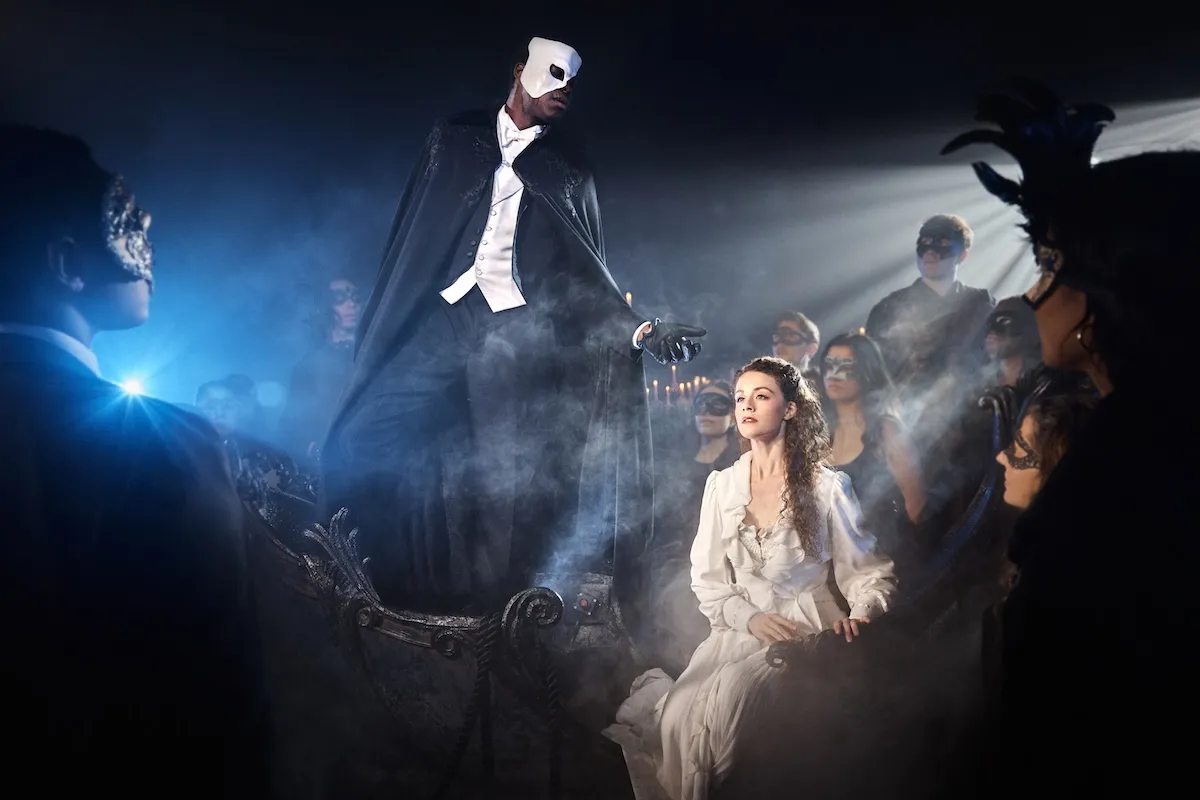
Photo: David B Torch.
Recently the Norwegian National Ballet tackled the delicate subject of a 19th century rebellion by the indigenous Sami people. The non-Sami dancers wondered if they had the right to tell the story.
Indigenous reindeer herders called the Sami have a presence in the north of Norway, Sweden, Finland, and Russia — and the sort of history indigenous people have experienced around the world. Was the Norwegian National Ballet reckless in trying to bring a 19th century Sami rebellion to life using non-Sami dancers?
Lisa Abend wrote at the New York Times in November, “Far in the north of Norway, a test of sorts was underway. Two weeks earlier, the ballet ‘Lahppon/Lost‘ had premiered at the Opera House in Oslo. Created by a Sami artist about a Sami uprising, and danced by the Norwegian National Ballet, the work had opened to largely positive reviews. But last Friday, ‘Lahppon/Lost started a two-night run in Kautokeino, a cultural capital for the Indigenous Sami people and the very town where the rebellion it depicts took place.
“ ‘The audience was five times bigger in Oslo, but I was more nervous here,’ said the creator and co-choreographer of ‘Lahppon/Lost,’ Elle Sofe Sara, whose ancestors participated in the uprising. ‘I knew that so many descendants of the rebellion would be there, and … I was asking myself: “Have we done it in a good way?” ‘ …
“When the work premiered at the Opera House on Oct. 31, it was the first time a piece by a Sami choreographer had been presented on the main stage. It was also part of a recent wave of commissions from leading arts institutions that have recognized Norway’s long history of forced assimilation of and discrimination against the Indigenous group, which is widely considered Europe’s oldest. …
“For Ingrid Lorentzen, the Norwegian National Ballet’s artistic director, who commissioned the work, and for the company’s dancers, none of whom are Sami, the performance raised questions about whether they had the right to tell the story. …
“Said Lorentzen, ‘Are we again stepping over the voices that we are trying to create space for?’ …
“For the Sami, the Kautokeino rebellion remains a sensitive subject. During the 1852 uprising, Sami followers of a strict Christian sect attacked Norwegian authorities, including the local sheriff and priest. … In the aftermath, church and state stepped up their efforts to ‘Norwegianize’ the Indigenous group, which continued into the 1960s.
“For well over a century, the rebellion was shrouded in shame among the Sami. But a political and cultural awakening in the 1970s prompted a gradual re-evaluation, and today the causes and meaning of the Kautokeino uprising are contested, with some viewing it as an example of religious fanaticism and others considering it an early Indigenous rejection of the authorities’ ongoing suppression of Sami rights and culture.
“Among the predominantly Indigenous audience that filled the seats of Kautokeino’s Sami National Theater, several attendees confessed to pre-curtain anxiety . … ‘I was so nervous,’ said Ayla Nutti, 20. ‘I was worried they wouldn’t get it right.’
“It was precisely the uprising’s complexity that drew Sara to the story. From her research, she knew that the episode still carried a heavy emotional burden. ‘We did interviews with descendants, and some of them didn’t want to talk about it, or they would talk and then tell us to delete the conversation,’ she said. …
“The dancing in ‘Lahppon/Lost’ is intensely physical, and much of it was devised by Sara’s collaborator, the Icelandic choreographer Hlin Hjalmarsdottir. The dancers whip the ground with fury and twist their bodies with an energy that oscillates between tortured and ecstatic. Combined with video close-ups of the dancers’ faces, and striking costumes from the Danish designer Henrik Vibskov, the muscular movement gives ‘Lahppon/Lost’ a contemporary feel.
“Yet the work remains thoroughly Sami. Much of that character can be attributed to Lavre Johan Eira, who performs a Sami form of throat singing called joiking that is believed to convey the living essence of its subject. ‘Lahppon/Lost’ opens with Eira’s haunting version of a joik. …
“By all accounts — and two standing ovations — they succeeded. ‘Sometimes when you see non-Sami dancers, there is a distance between them and the Sami stories,’ said Kristin Solberg, the director of a Sami theater in Mo i Rana, Norway. ‘But these dancers embodied them and gave movement to the land. I felt like I was watching my story.’
“[Reindeer herder] Sokki found himself in tears. ‘It didn’t matter that the dancers weren’t Sami,’ he said. ‘They made the rebellion come closer. It was magic.’
“In the intimate space of the Kautokeino theater, the performers felt that magic, too. And it didn’t end with the curtain. As they stepped outside after the final show, the Northern Lights were casting swirling bands of luminescence against the night sky. ‘It’s the perfect ending,’ said [dancer] de Block. ‘We released the spirits tonight.’ ”
More at the Times, here. Lots of great little videos.














